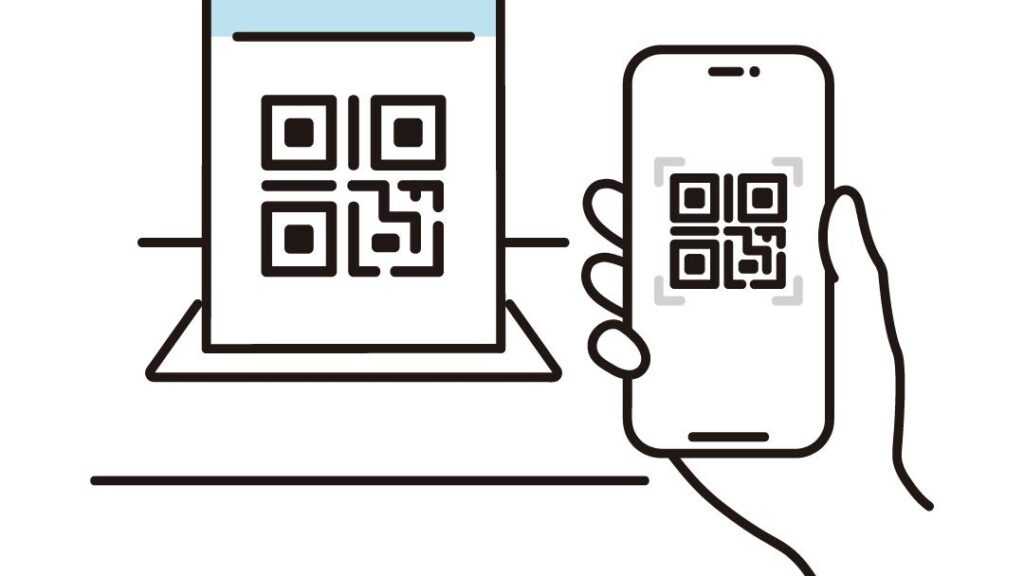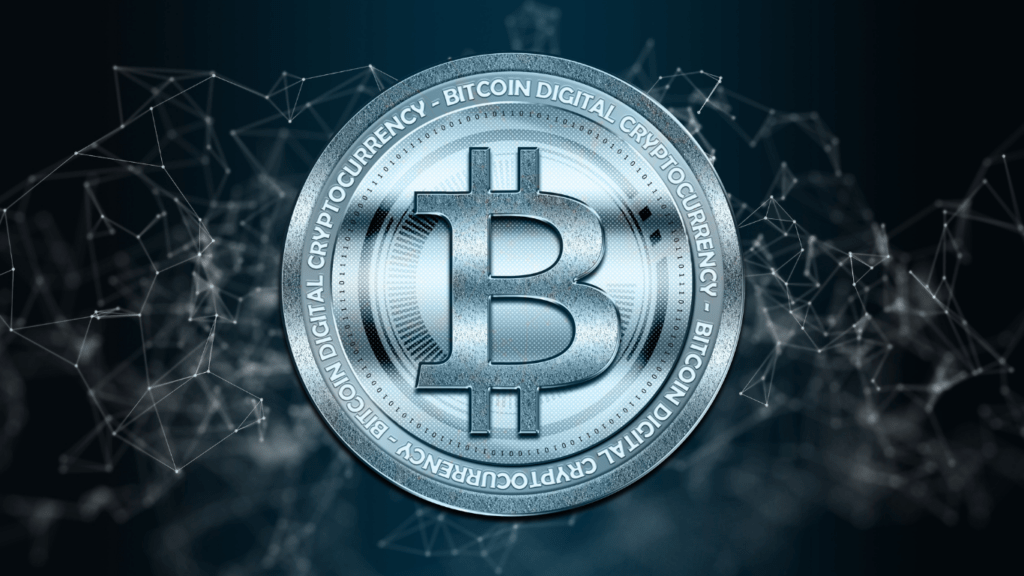Understanding DeFi
DeFi, or decentralized finance, uses blockchain technology to deliver financial services without central authorities like banks. Trustless systems and protocols govern these services, reducing reliance on intermediaries and enhancing transparency.
Core Components
Several core components define DeFi projects.
- Smart Contracts: Self-executing contracts with terms directly written into code. They automate agreements and reduce the need for intermediaries.
- DApps: Decentralized applications that run on blockchain networks. DApps provide various functions, from lending to asset management.
- Tokens: Digital assets used within DeFi platforms. Popular examples include stablecoins like USDC and governance tokens like UNI.
Key Features
- Decentralization: Network participants control the system, eliminating single points of failure.
- Transparency: Blockchain records all transactions, which anyone can verify.
- Interoperability: Many DeFi protocols integrate with each other, allowing seamless asset transfer and interaction.
Examples
Different DeFi projects exemplify its diverse applications.
- Uniswap: Provides decentralized trading of cryptocurrencies using liquidity pools.
- Aave: Allows users to lend and borrow assets without central authority.
- MakerDAO: Issues Dai, a stablecoin pegged to the US dollar.
Risks
While DeFi offers numerous advantages, there are risks to consider.
- Smart Contract Vulnerabilities: Bugs in code can lead to security breaches.
- Regulatory Uncertainty: Unclear regulations in many jurisdictions may impact DeFi projects.
- Market Volatility: Rapid price changes in digital assets can lead to losses.
Understanding these components, features, examples, and risks helps lay a solid foundation for diving into the DeFi space confidently.
Key Components of DeFi
Understanding the key components of DeFi is crucial for navigating the decentralized finance landscape. Here are the fundamental elements that power DeFi platforms.
Smart Contracts
Smart contracts automate transactions. These self-executing contracts run on blockchain networks and eliminate the need for intermediaries. For example, Ethereum’s blockchain supports smart contracts coded in Solidity.
Once pre-defined conditions are met, these contracts execute actions like transferring funds or issuing loans. Thus, smart contracts ensure fulfillment without human intervention, increasing efficiency and reducing costs.
Decentralized Applications (DApps)
DApps offer user-friendly interfaces for interacting with blockchain systems. Unlike traditional apps, they operate on decentralized networks, ensuring censorship resistance and transparency.
For instance, Uniswap allows users to trade tokens directly from their wallets. DApps cover diverse services like lending, borrowing, trading, and yield farming. They empower users by providing trustless financial services accessible globally, 24/7.
Setting Up Your Wallet
To start with DeFi, a secure and reliable digital wallet is essential. This section guides you through the crucial steps to set up your wallet effectively.
Choosing a Wallet
Various digital wallets cater to different needs in the DeFi ecosystem. Popular options include hardware wallets like Ledger and Trezor, software wallets such as MetaMask and Trust Wallet, and mobile wallets like Coinbase and Argent.
Hardware wallets offer enhanced security but require physical devices. Software and mobile wallets, on the other hand, provide a balance of convenience and security. Assessing your priorities—security versus convenience—can help you select the appropriate wallet.
Securing Your Wallet
Security is paramount in DeFi. For hardware wallets, always store your device and recovery phrase in separate, secure locations. For software and mobile wallets, enable two-factor authentication and create strong, unique passwords.
Regularly update your wallet software to protect against vulnerabilities. Be cautious of phishing attacks and never share your private keys with anyone. Following these security measures can significantly reduce the risk of unauthorized access to your funds.
Acquiring Cryptocurrency

Acquiring cryptocurrency is essential for engaging in DeFi activities. It involves purchasing from an exchange or using peer-to-peer platforms.
Purchasing from an Exchange
Exchanges serve as digital marketplaces where I can buy cryptocurrencies. Leading platforms include Binance, Coinbase, and Kraken. To start, I create an account, complete any necessary identity verification, and link my bank account or credit card.
Once set up, I can trade fiat currency (USD, EUR, etc.) for cryptocurrencies like Bitcoin (BTC) or Ethereum (ETH). Most exchanges offer intuitive interfaces and secure storage options.
Using Peer-to-Peer Platforms
Peer-to-peer (P2P) platforms facilitate direct buying and selling of cryptocurrencies between users. Examples include LocalBitcoins and Paxful. I can choose this method if I prefer dealing directly with other individuals, often gaining the advantage of better rates or personal negotiations.
After creating an account, I browse listings, select a vendor, and complete the transaction using agreed-upon payment methods. P2P platforms usually incorporate escrow services to enhance security.
Exploring DeFi Platforms
Navigating decentralized finance (DeFi) platforms is vital to leverage their full potential. Selecting secure, reliable options ensures a smooth, beneficial experience.
Popular DeFi Platforms
Several DeFi platforms have gained prominence due to their innovative services.
- Uniswap: Uniswap is a decentralized exchange enabling users to trade ERC-20 tokens directly from their wallets without an intermediary. It uses automated market maker (AMM) protocols to ensure liquidity.
- Aave: Aave is a lending platform offering flash loans, earning interest on deposits, and borrowing different asset types. It leverages open-source protocols to ensure transparent operations.
- MakerDAO: MakerDAO manages the DAI stablecoin, maintaining its value stable, backed by Ethereum and other assets. Users can create DAI by locking crypto in the platform’s smart contracts.
- Compound: Compound enables users to lend and borrow cryptocurrencies, with interest rates algorithmically adjusted based on supply and demand. It offers a seamless, decentralized borrowing experience.
Evaluating Platform Security
Security is crucial when engaging with DeFi platforms. Evaluating a platform’s safety reduces potential risks.
- Audit Reports: Reliable platforms undergo regular audits by third-party security firms. Reviewing these audit reports can reveal vulnerabilities or confirm robust security measures.
- Smart Contract Code: Transparent platforms usually make their smart contract code publicly accessible. Analyzing or seeking expert reviews on the code can provide insights into potential weaknesses.
- User Reviews: User feedback on social media, forums, and review sites offers practical insights into platform performance and security incidents. A well-reviewed platform typically signifies reliability.
- Insurance Funds: Some platforms maintain insurance funds or collaborate with insurance providers to protect users against losses due to hacks or bugs. This additional layer of security can be valuable.
Prioritizing security and selecting robust, trustworthy platforms enhances your DeFi experience.
Investing in DeFi
Investing in DeFi presents numerous opportunities for returns through innovative financial services and assets. Two popular methods include staking and yield farming.
Staking
Staking secures a blockchain network and earns rewards through participation. I commit my cryptocurrency to a staking pool, which validates transactions and maintains network security. The more I stake, the higher the potential rewards.
For example, staking on Ethereum 2.0 requires a minimum of 32 ETH, and rewards can range from 5% to 21% annually, depending on the total number of validators. Leading platforms for staking include Binance, Kraken, and Coinbase.
Yield Farming
Yield farming maximizes returns by lending or borrowing assets on DeFi platforms. I act as a liquidity provider by depositing assets into a liquidity pool. In return, I earn rewards, often in the form of additional tokens.
For instance, on Aave, I lend my DAI and receive a variable interest rate plus AAVE tokens as incentives. Risks include impermanent loss and changes in APY due to fluctuating platform usage. Popular platforms for yield farming include Uniswap, SushiSwap, and Balancer.
In these ways, staking and yield farming transform passive holdings into active investments within the DeFi ecosystem.
Monitoring and Managing Your Investments
Effective monitoring and management of DeFi investments are crucial for maximizing returns and mitigating risks.
Using DeFi Tracking Tools
DeFi tracking tools provide vital insights and analytics for managing investments. I recommend using platforms like Zapper, Zerion, and DeBank to track portfolio performance, transaction history, and asset allocation.
These tools aggregate information across multiple DeFi platforms, offering a comprehensive overview of my investments. For example, Zapper integrates with Uniswap, Aave, and Compound, simplifying portfolio management. Using these tools helps me make well-informed decisions based on real-time data and analytics.
Risk Management Tips
Managing risk in DeFi is essential due to volatility and potential vulnerabilities. I diversify investments across various platforms and assets to spread risk. Investing only what I can afford to lose safeguards against unexpected losses.
Regularly reviewing platform security measures, like smart contract audits from firms such as CertiK or Quantstamp, helps identify potential threats.
Additionally, setting stop-loss limits on DeFi trading platforms can prevent significant losses. Keeping a portion of funds in cold storage wallets, like Ledger or Trezor, ensures added security against hacks. These strategies help me maintain a balanced and secure investment approach.



 Founder & CEO
Daniel Anderson is the visionary founder and CEO of the website, leading the charge in revolutionizing the crypto space. With a deep understanding of blockchain technology and years of experience in the industry, Daniel has established himself as a key figure in the cryptocurrency world. His passion for decentralization and financial innovation drives the platform’s mission to deliver cutting-edge insights and resources for crypto enthusiasts, traders, and investors. Under his leadership, the website has grown into a trusted hub for the latest trends, news, and developments in the digital asset space.
Founder & CEO
Daniel Anderson is the visionary founder and CEO of the website, leading the charge in revolutionizing the crypto space. With a deep understanding of blockchain technology and years of experience in the industry, Daniel has established himself as a key figure in the cryptocurrency world. His passion for decentralization and financial innovation drives the platform’s mission to deliver cutting-edge insights and resources for crypto enthusiasts, traders, and investors. Under his leadership, the website has grown into a trusted hub for the latest trends, news, and developments in the digital asset space.
